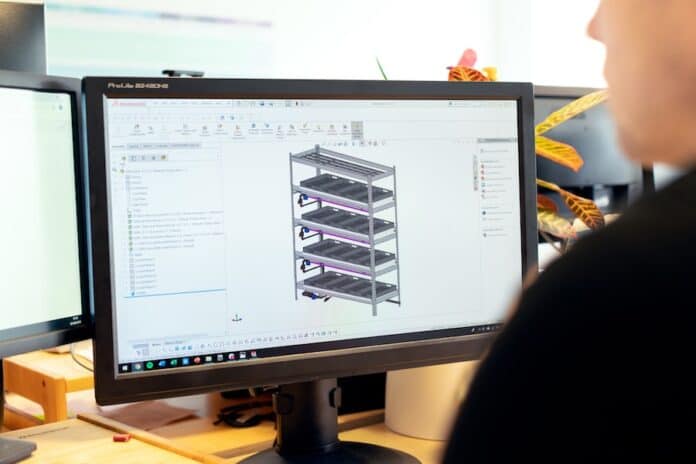For several years, engineers relied on manual calculations, hand-drawn sketches, and physical prototypes to test and refine their designs. But this approach was time-consuming, prone to errors, and limited scope. Luckily, there’s no need for manual calculations and hand-drawn sketches today.
In an era of rapidly developing technology, structural engineering has embraced innovative tools. These modern tools revolutionized how professionals design, analyze, and construct buildings, bridges, and other structures.
ClearCalcs, in particular, has emerged as a powerful ally, empowering engineers to overcome complex challenges. They streamline workflows and enhance structural projects’ overall efficiency and safety you can check out. But before that, this article will enumerate the major advantages of using structural engineering software.
1. Reduce Cost and Save Time
Structural engineering software can estimate cost, and help in material optimization and structural analysis, leading to potential cost savings. By accurately predicting the behavior of structures using software, you can reduce material waste which means less cost.
With the help of structural engineering software, you can also avoid over-designing and optimize construction processes, saving time. Every digital analysis this software does leads to easy identification of potential design flaws before construction begins.
2. Accurate, Efficient, and Reliable Calculations
Manual calculations take time and can also lead to possible miscalculations. Engineers can perform complex calculations and analyses quickly and accurately with the help of structural engineering software. This accuracy ensures the designs’ integrity and safety during construction or throughout the structure’s lifespan.
3. Optimize Design and Analysis
As an engineer, you can evaluate configurations, materials, and load conditions to identify the best solutions that offer efficiency and cost-effectiveness, improving overall project performance.
A digital tool like this software brings significant advantages to the design and analysis processes. By providing sophisticated tools, this software offers automated features that lessen repetitive tasks like load generation and material selection.
4. Enhance Collaboration and Communication
Collaboration is key in the engineering industry, and structural engineering software facilitates seamless communication among team members. With its cloud-based capabilities, you can share models, drawings, and project data in real-time, regardless of their physical locations.
5. Convenient Visualization and 3D Modeling
Modern software offers advanced visualization capabilities, including 3D Modeling and rendering. As an engineer, you can create realistic representations of structures, aiding in the design review process, client presentations, and construction planning. These visualizations help stakeholders better understand the project and make informed decisions.
6. Code Compliance
Many structural engineering software tools incorporate local building codes and regulations into their design modules. This feature ensures that designs adhere to the relevant standards, codes, and safety requirements.
7. Continuous Updates and Support
Reputable structural engineering software providers offer regular updates, incorporating new features, enhancements, and bug fixes. They also provide technical support, ensuring you can access assistance and troubleshooting whenever needed.
8. Increased Productivity
Before structural engineering software, construction often took longer and experienced more issues that can now be avoided. As a structural engineer, you can complete projects more efficiently with software tools, resulting in increased productivity.
On top of that, you can handle larger and more complex projects within shorter time frames, allowing you to take on more work or deliver projects ahead of schedule.
9. Secure Documentation and Reporting
Software tools enable the generation of comprehensive reports, drawings, and documentation. This helps prepare construction documents, oversees project management, and provides a clear record of the design process. When it comes to securing vital documents that can be valuable for future reference or modifications, structural engineering software can help.
10. Promotes Sustainability
The construction industry has contributed to the world’s greenhouse gas emissions for the longest time. More than ever, structural engineers aim to lower carbon emissions by building sustainable designs. With the help of structural engineering software, you can easily review the possible environmental impacts of each material used in construction.
This structural engineering software can calculate the energy needed in a specific building project. From these data, you can find a way to create a more efficient way of designing structures that reduce energy.
Switch To Structural Engineering Software
There’s no need to use time-consuming ways of calculating structural design and analysis when software exists. With the advent of software, you can now create 3D models of structures, apply various loads and constraints, and analyze their responses within minutes. This accelerated design process allows for rapid iterations and enables you to explore multiple design alternatives efficiently.












